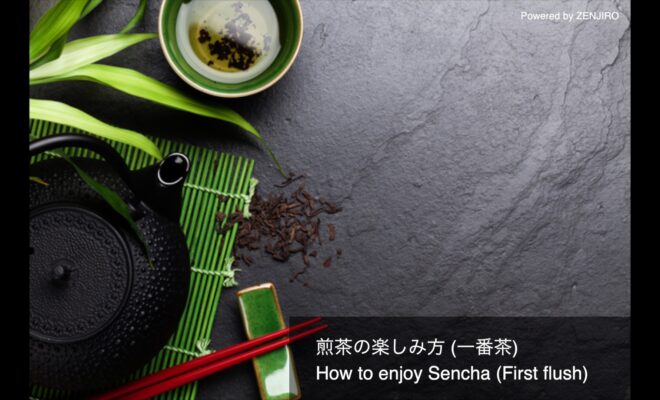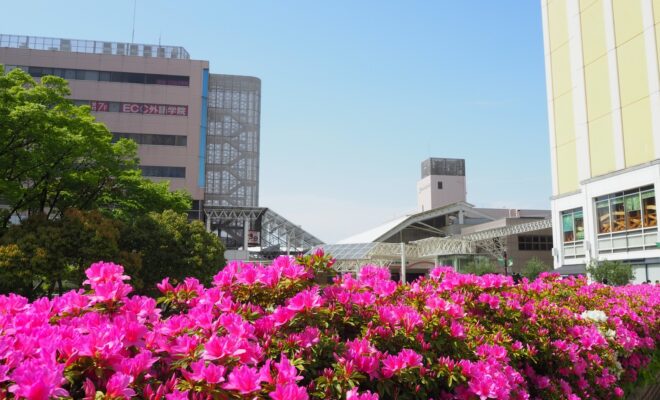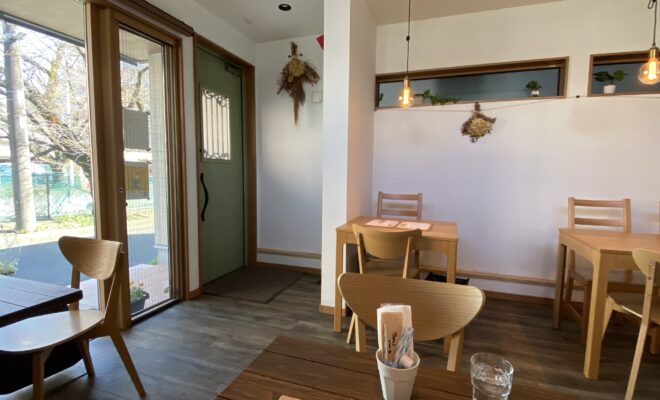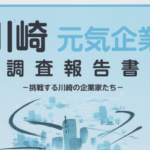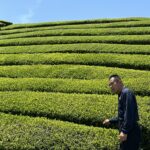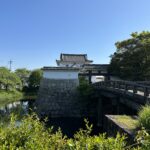Nov 21, 2019
The green tea that a Japanese brought back from ancient China 1200 years ago was a completely different shape. The green tea called Dancha was hard and compressed in a rectangular frame like chocolate. Here, I will solve the secret mystery.
Green tea cannot be cultivated anywhere in the vast Chinese land. The latitude range of tea production is limited. Ancient capital Xi’an and Beijing are far away from the production areas. The tea leaves offered to Chinese emperors and vassals must be transported for months.
Around the 12th century, China sold tea leaves to Mongolia and purchased warhorses as the exchange. For the Mongolians, green tea had become an indispensable part of the life of traveling in the cold grassland with horses.
How can I minimize the massive cargo? In this situation, many workers and carriages will be required for transportation.
Surely, the ancient people must have lamented. Solidification was done to solve this problem. That means saving logistics costs.
Soft water is not always everywhere
If ancient green tea was aimed at extracting health ingredients, people have to look for soft water. In fact, soft water areas and hard water areas exist like mosaics on the earth.
However, the Japanese archipelago is miraculously soft water in most cases. People in Japan who realized the benefits of the ingredients thanks to soft water have been improving to taste raw tea leaves instead of hard solidified green tea like Dancha. Its 1200-year history forms the current Japanese green tea. But please rest assured even in case of outside Japan. Matcha can be enjoyed even in hard water.
This mystery solving is my guess.

